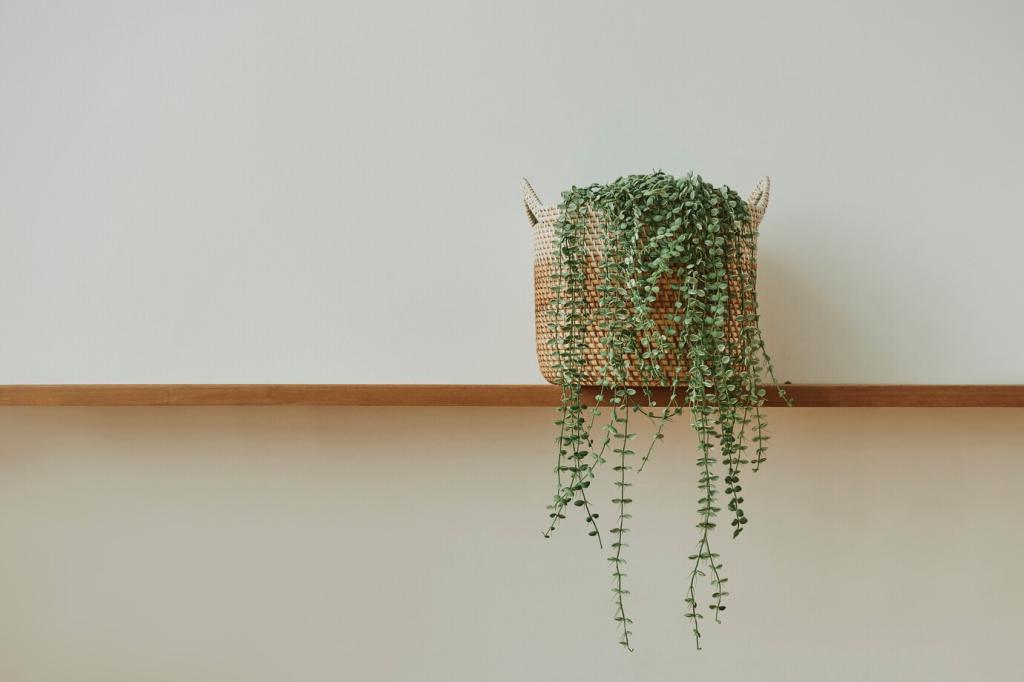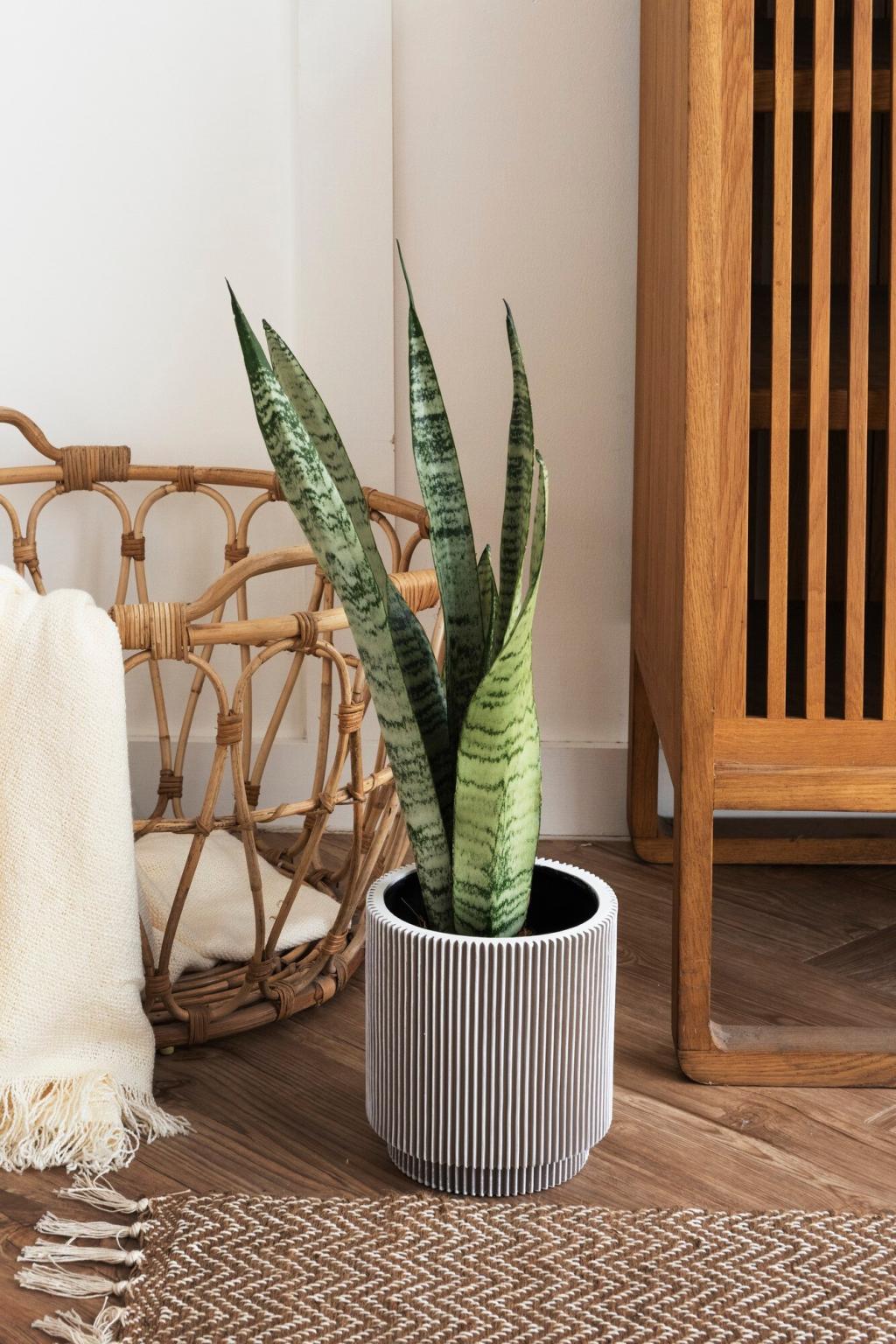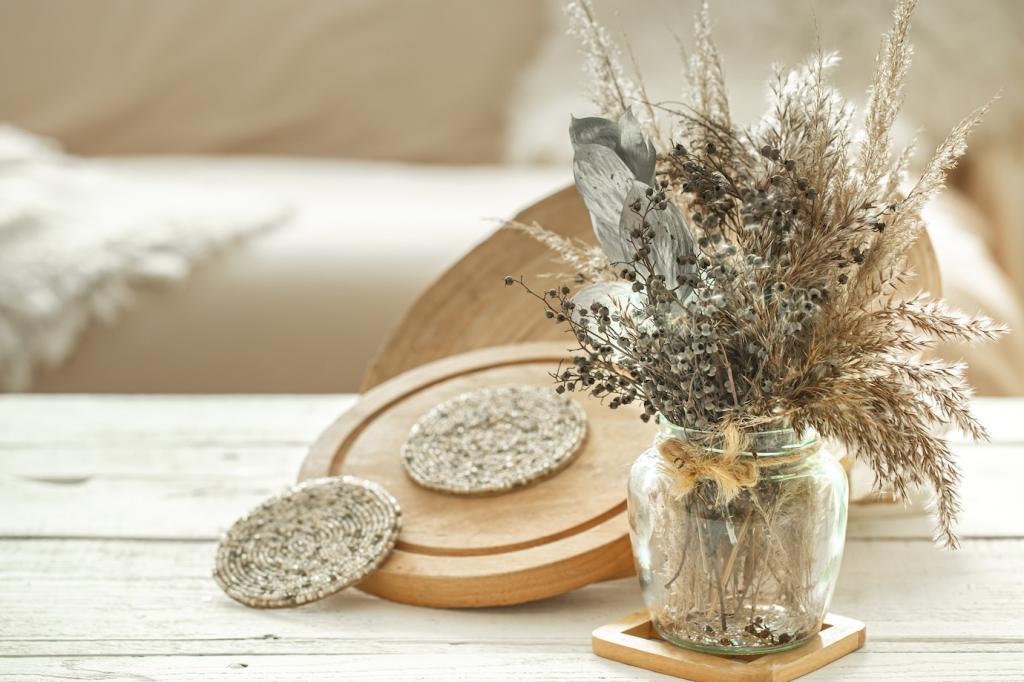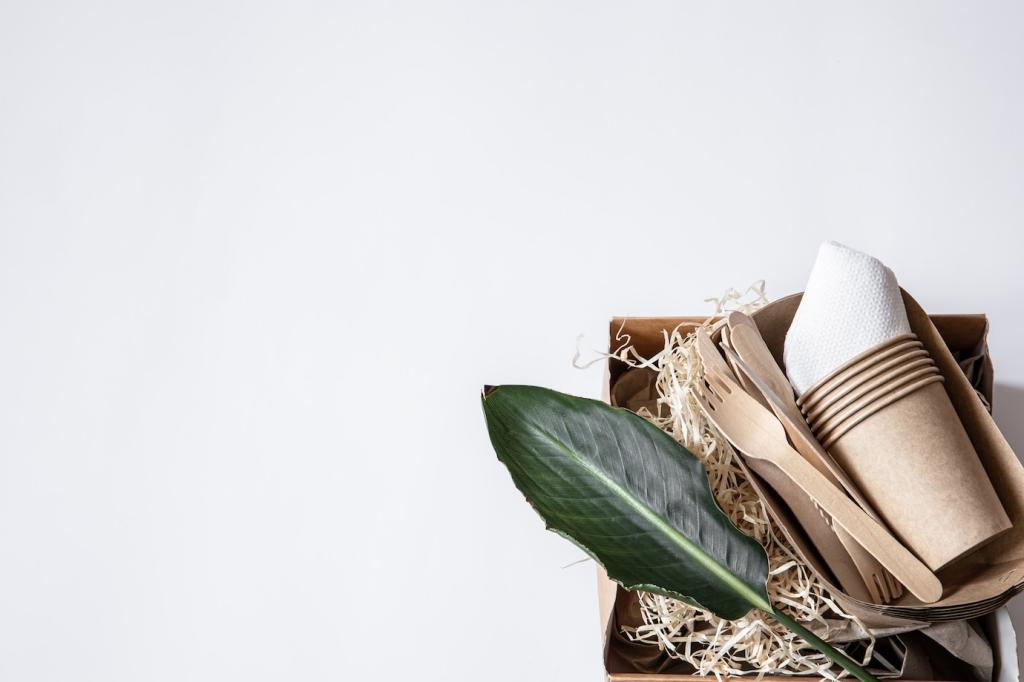Low-Impact Flooring Choices: Beauty, Comfort, and a Smaller Footprint
Chosen theme: Low-Impact Flooring Choices. Welcome to a home-renovation journey where style meets stewardship. Discover materials, methods, and stories that make every step softer on the planet and kinder to your indoor air. Enjoy the read, share your questions, and subscribe for fresh ideas grounded in real-world experience.
What Low-Impact Flooring Really Means
01
Beyond the showroom: life-cycle thinking
A beautiful plank or tile is only part of the story. Low-impact choices weigh renewable or recycled inputs, responsible sourcing, energy used in production, transportation distances, longevity in your space, and whether a material can be repaired, reused, or recycled when it finally wears out.
02
Labels that matter, not marketing gloss
Look for credible documentation such as Environmental Product Declarations, Health Product Declarations, FSC certification for wood, and indoor air quality standards like FloorScore or Greenguard Gold. These help you compare real impacts rather than relying on vague eco-friendly claims that hide trade-offs.
03
Avoiding common traps that raise impacts
Greenwashing often appears as bold claims with few details. Watch for heavy use of virgin PVC, high solvent finishes, or adhesive-heavy systems when a floating option exists. Ask for emissions data, recycled content percentages, and repairability before you commit your budget and your home’s air.
Harvested without felling trees, cork offers warmth, acoustic softness, and subtle spring that eases long hours at the sink or standing desk. Its cellular structure traps air for insulation, while modern finishes resist stains. Choose high-density cork for hallways and consider click-together planks for easy, low-VOC installation.




Installation That Protects Indoor Air
When adhesives are necessary, select water-borne, low-VOC products verified by trusted certifications. The same applies to sealers and finishes that cure quickly and keep odors minimal. Ventilate well during and after installation, and follow manufacturer cure times before moving furniture back onto the new floor.
Floating floors click together without full-spread adhesives, limiting chemical use and simplifying future repairs or disassembly. They also speed installation and reduce mess. Add an underlayment that is tested for low emissions and appropriate for your subfloor type to improve acoustics and minor leveling tolerances.
Moisture is the silent destroyer of otherwise sustainable floors. Test slabs, manage vapor with the right membranes, and flatten subfloors to avoid hollow spots. Good prep preserves material lifespan, lowers replacement risk, and protects your indoor air by preventing mold and finish failures that off-gas unpleasantly.

Comfort, Acoustics, and Maintenance
Durability matched to how rooms really live
Kitchen floors demand cleanability and dent resistance; bedrooms appreciate warmth underfoot. Choose higher-density cork or strand bamboo for busy zones, and linoleum or tile where spills happen. Entrance mats capture grit that shortens lifespan. A few smart choices dramatically reduce wear, repairs, and future material waste.
Softer steps, calmer rooms with acoustic layers
Sound underlayments beneath floating floors reduce footfall noise and make apartments more neighbor-friendly. Cork and rubber naturally quiet rooms while easing joint fatigue. In multilevel homes, pairing suitable underlayment and resilient surface material can transform echoey spaces into comfortable retreats that invite conversation and deep focus.
Cleaning routines that extend life and luster
Skip aggressive chemicals and frequent wet mopping that can degrade finishes or seep into seams. Use pH-neutral cleaners, microfiber pads, and furniture glides to prevent scratches. Plan periodic maintenance coats on linoleum or cork. Share your toughest cleanup challenge, and we will crowdsource gentle, proven solutions.

Upfront cost versus lifetime value
Some materials cost more initially but last longer and refinish beautifully, reducing future spending and waste. Consider total years of service, refinishing intervals, and cleaning costs. Long-lived floors also spare you disruptions and additional emissions from frequent tear-outs, scheduling, and material transport or disposal trips.

Repair and refinish instead of replace
Design edges, thresholds, and finish systems so you can repair small areas seamlessly. Selecting materials with surface repair kits or refinish options lowers embodied carbon over decades. Keep a spare box of tiles or planks from the same batch for invisible fixes that prevent full-room replacements.
Stories From Real Homes and Spaces
After years on cold tile, a family chose high-density cork with a matte finish. Morning breakfast got quieter, weekend baking felt easier on knees, and energy bills dipped slightly from improved insulation. They now host neighbors for coffee tastings and happily recommend cork to anyone who cooks daily.

